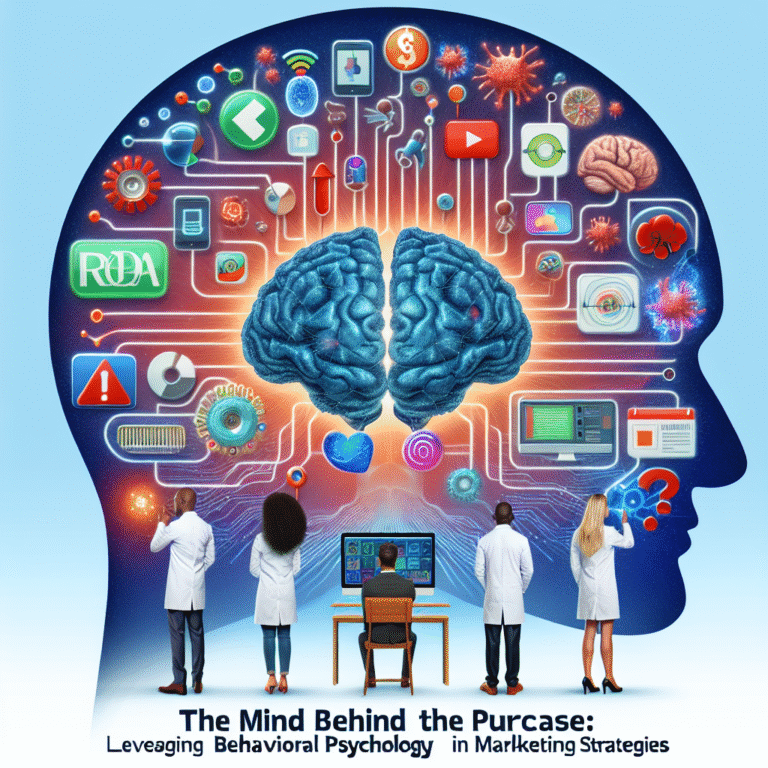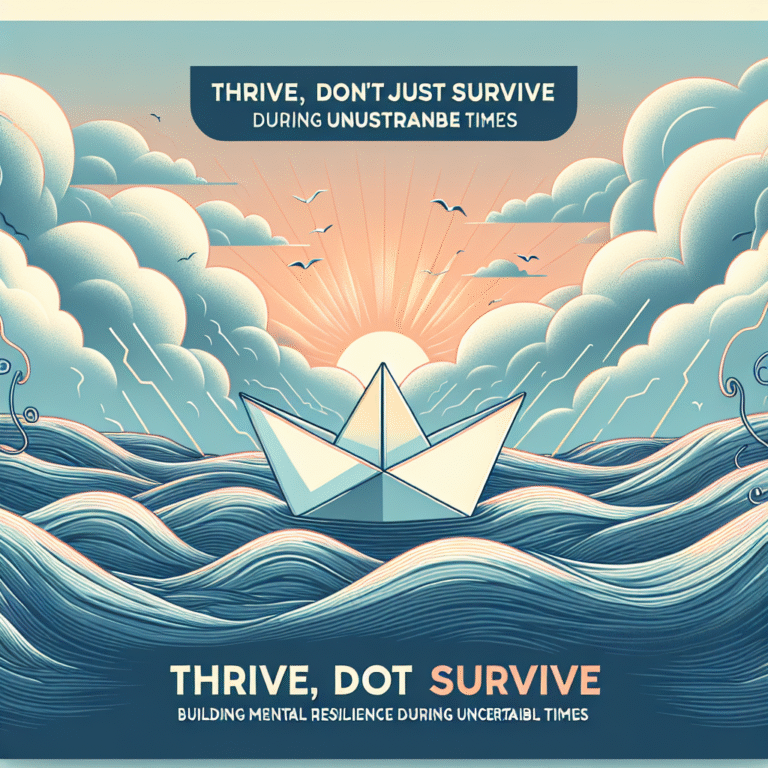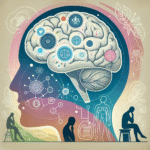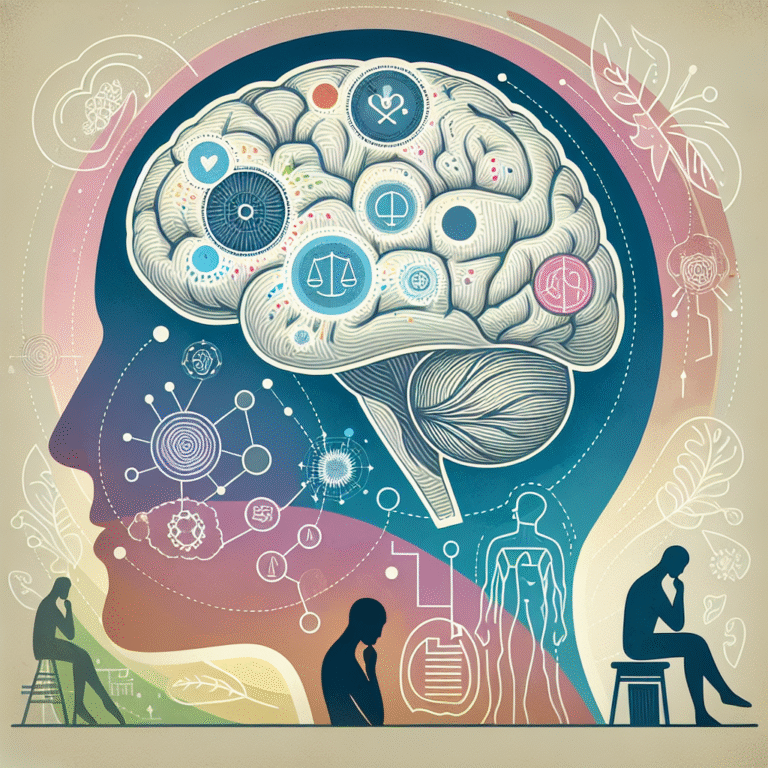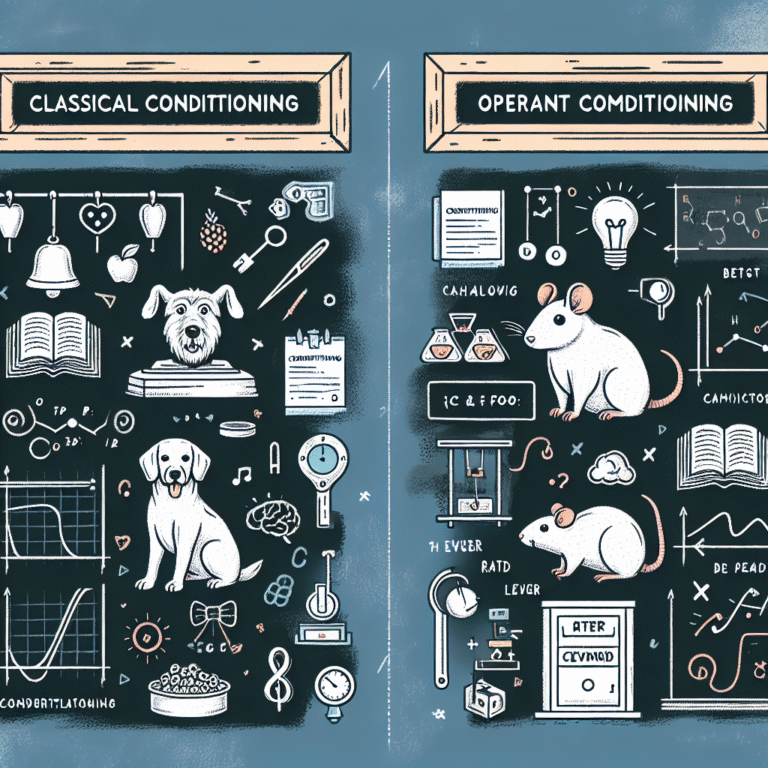
Unpacking the Mind: Key Insights from Behavioral Psychology Case Studies to Transform Your Understanding of Human Behavior
Introduction
Have you ever wondered why people behave the way they do? What motivates individuals to make certain choices, feel specific emotions, or react in particular ways? Unpacking the Mind: Key Insights from Behavioral Psychology Case Studies delves into the fascinating realm of human behavior, revealing the underlying motives and cognitive processes that drive us.
Behavioral psychology—often seen as the bridge between psychology and practical life—offers invaluable insights into human behavior through real-world case studies. By analyzing these case studies, we can uncover transformative insights that not only enhance our understanding of ourselves but also empower us to effect meaningful change in our lives and communities.
This article provides a comprehensive overview of notable case studies in behavioral psychology, blending proven theories and insights into an engaging narrative. So, buckle up as we embark on a fascinating journey into the depths of human behavior.
Understanding Behavioral Psychology
What is Behavioral Psychology?
Behavioral psychology, also known as behaviorism, is a branch of psychology that studies observable behaviors, focusing on the stimuli and responses that shape our actions. It emphasizes the role of environmental factors in influencing behavior rather than internal thoughts or motivations.
This approach gained traction in the early 20th century, shaped by prominent figures such as John B. Watson and B.F. Skinner. By employing rigorous scientific methods, behavioral psychologists have provided us with invaluable insights into how behavior can be modified, which is particularly beneficial in therapeutic settings.
Why Case Studies Matter
Case studies in behavioral psychology allow us to understand complex human behaviors through real-life examples. These studies illustrate the application of theories in practical situations, providing unique perspectives on human behavior that quantitative data alone may not reveal.
Through these narratives, we can connect theory to practice, illustrating how behavioral psychology concepts manifest in everyday practices. Below are some compelling case studies that highlight key insights, revealing the depth of the human psyche.
Key Insights from Behaviorism
1. The Law of Effect: The Case of the Hungry Cat
Case Study Analysis: Edward Thorndike’s experiments with hungry cats demonstrated the Law of Effect, which posits that behavior followed by satisfying consequences is likely to be repeated. In a simple puzzle box, cats learned to escape for food, showcasing how reinforcement shaped their behavior.
Relevance: This case illustrates how rewards can significantly influence actions, offering insights into motivational strategies in education, workplaces, and personal development.
| Aspect | Details |
|---|---|
| Experiment Type | Puzzle Box Experiment |
| Key Finding | Positive reinforcement encourages repeated behavior |
2. Pavlov’s Dogs: Conditioning Responses
Case Study Analysis: Ivan Pavlov’s classic conditioning experiment with dogs revealed how associative learning works. By pairing the sound of a bell with food, the dogs learned to salivate at the sound alone, demonstrating how learned responses can shape behavior.
Relevance: This study informs us about habit formation, illustrating how stimuli can trigger reflexive actions. It provides critical insights into therapy, advertising, and personal habits.
3. The Little Albert Experiment: Conditioning Fear
Case Study Analysis: John B. Watson and Rosalie Rayner conducted the Little Albert experiment, conditioning an infant to fear a white rat by pairing it with a loud noise. This case study established a foundation for understanding how fears can be learned and unlearned.
Relevance: The implications for phobias and anxiety disorders reveal how learned behaviors can be treated, emphasizing the role of conditioning in mental health.
Applying Behavioral Insights to Real Life
4. Behavioral Economics: The Case of the Ultimatum Game
Case Study Analysis: The Ultimatum Game highlights how fairness and social norms can influence decision-making, posing a dilemma of whether to accept or reject offers. Participants often deny offers that seem unfair, sacrificing personal gain for the principle of fairness.
Relevance: This has profound implications on economic behaviors and negotiations, demonstrating that human behavior often contradicts traditional economic theories, which assume rational decision-making.
| Aspect | Details |
|---|---|
| Experiment Type | Game Theory |
| Key Finding | Fairness affects decision-making |
5. The Bobo Doll Experiment: Observational Learning
Case Study Analysis: Albert Bandura’s Bobo Doll experiment explored how children imitate behaviors they observe. Children exposed to aggressive role models were more likely to exhibit similar aggression, showcasing the power of observational learning.
Relevance: This case illustrates the importance of role models in child development, suggesting that behavior can be learned through observation rather than direct experience alone.
The Interplay Between Environment and Behavior
6. The Stanford Prison Experiment: Situational Forces
Case Study Analysis: Philip Zimbardo’s Stanford Prison Experiment studied the effects of situational variables on behavior. Participants adopted roles of guards and prisoners, leading to extreme behavior changes within a short time.
Relevance: This case study unveils the profound impact of environmental and social factors on human behavior, stressing the importance of context in psychological assessments.
7. The Power of Habit: Case of Charles Duhigg
Case Study Analysis: In his book "The Power of Habit," Charles Duhigg presents various case studies demonstrating the habit loop: cue, routine, and reward. By understanding this loop, individuals can change their behavior patterns effectively.
Relevance: Habit formation insights offer practical strategies for personal and professional development, enabling individuals to create positive changes in their daily lives.
Behavioral Interventions and Their Impact
8. Cognitive Behavioral Therapy (CBT): A Proven Approach
Case Study Analysis: CBT combines behavioral and cognitive principles to address psychological disorders. Case studies reveal its efficacy in treating anxiety, depression, and other mental health issues by changing thought patterns that lead to negative behaviors.
Relevance: CBT exemplifies how understanding behavior can lead to tailored therapeutic interventions, showcasing the practical application of behavioral psychology in mental health treatment.
9. Nudge Theory: Creating Positive Choices
Case Study Analysis: Richard Thaler and Cass Sunstein’s Nudge Theory emphasizes how subtle changes in the environment can influence decision-making. For example, placing healthier food options at eye level encourages better dietary choices.
Relevance: Nudge theory is applicable in various fields, including health, finance, and education, illustrating that small adjustments can lead to significant behavioral changes.
Conclusion
Unpacking the Mind: Key Insights from Behavioral Psychology Case Studies reveals that human behavior is deeply influenced by environmental factors, learned experiences, and social contexts. By exploring an array of compelling case studies, we’ve unlocked transformative insights that equip us to understand our actions better and foster positive habits.
These findings are not merely academic; they extend into everyday life, allowing us to navigate our surroundings with greater awareness and intentionality. Whether it’s enhancing personal growth, fostering better relationships, or improving workplace effectiveness, the insights drawn from behavioral psychology can serve as essential tools for enriching our lives.
As you journey through your own understanding of human behavior, remember that you have the power to harness these insights, making informed choices that reflect your values and aspirations.
FAQs
1. What is behavioral psychology?
Behavioral psychology focuses on observable behaviors and the environmental factors that drive them, emphasizing the importance of reinforcement and conditioning in behavior development.
2. How do case studies contribute to behavioral psychology?
Case studies provide real-life examples that demonstrate the application of behavioral theories, allowing insights into complex behaviors that quantitative research may not reveal.
3. Can behaviors be changed?
Yes, behaviors can be changed through reinforcement, conditioning, and intentional interventions based on insights from behavioral psychology.
4. What role do environmental factors play in behavior?
Environmental factors, including social contexts and situational variables, significantly influence our behaviors, as demonstrated in various case studies.
5. How can I apply behavioral psychology to my life?
You can apply behavioral psychology by recognizing prompts to behaviors, employing reinforcement, and adjusting your environment to encourage desired behaviors.
Through case studies and behavioral theories, we can continue to unpack the intricate layers of the human mind, seeking deeper understanding and fostering personal transformation. Don’t just observe your behavior—explore it, understand it, and shape it into something positively impactful!




